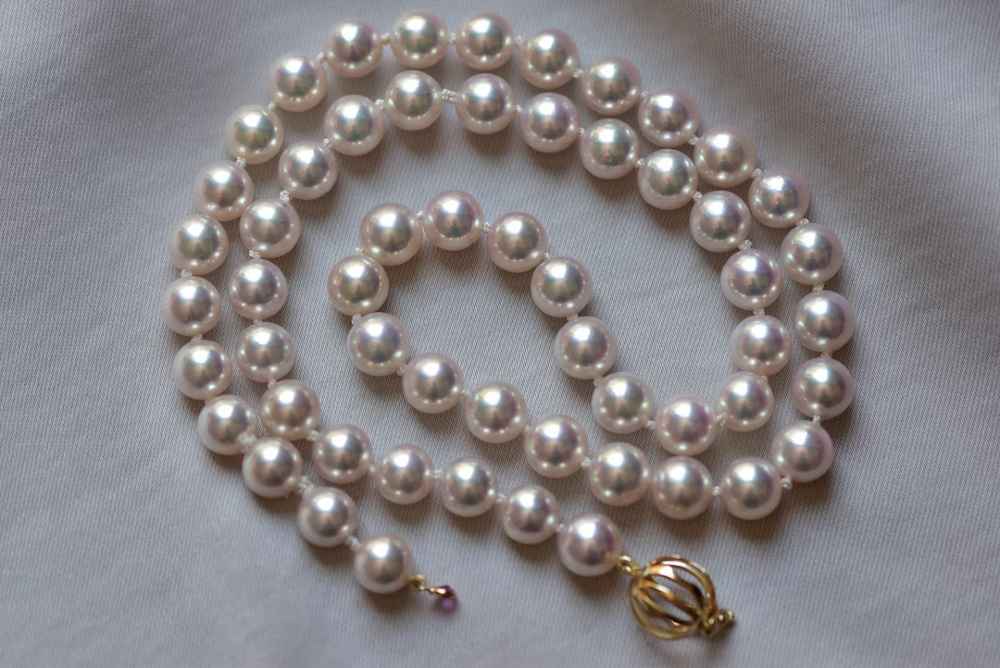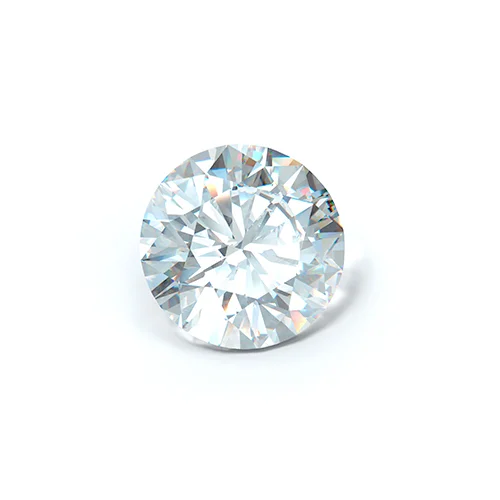
The world of pearls has always been synonymous with timeless elegance and natural beauty. Within this enchanting realm, ‘Hanadama’ pearls hold a place of exceptional prestige and distinction. In a significant move, the Gemological Institute of America (GIA) has added a ‘Hanadama’ quality range comment to its pearl reports, further elevating the standards and transparency in the pearl industry. This comprehensive guide takes you on a journey through the world of pearls, exploring the significance of ‘Hanadama’ pearls, the role of the GIA, and the implications of this newfound quality range comment.
Pearls: Nature’s Treasure
Pearls have captivated humanity for centuries, symbolizing purity, elegance, and sophistication. Natural pearls, formed organically in mollusks, are exceedingly rare, adding to their allure and value.
‘Hanadama’ Pearls: A Japanese Marvel
‘Hanadama,’ which translates to “flower pearl,” is a term steeped in Japanese pearl lore, signifying the highest quality Akoya pearls. ‘Hanadama’ pearls are known for their exceptional luster, mirror-like surfaces, and perfectly round shapes, making them the pinnacle of Akoya pearl quality.
The Gemological Institute of America (GI
The GIA is a globally recognized authority in gemology and gemological research, known for its unwavering commitment to gemstone quality assessment and education.
The Pearl Journey
The GIA plays a pivotal role in setting standards and enhancing transparency in the pearl industry, ensuring that consumers make informed purchasing decisions.
‘Hanadama’ Quality Range Comment
The addition of a ‘Hanadama’ quality range comment in GIA pearl reports is a significant step toward greater transparency and accuracy in pearl grading. The quality range comment delineates the specific characteristics that define ‘Hanadama’ pearls, including luster, nacre thickness, surface quality, and matching.
Types of Pearls
Pearls come in various types, including Akoya, South Sea, Tahitian, and freshwater pearls, each with its unique characteristics.
The Pearl Grading Journey
Grading pearls involves assessing factors such as size, shape, color, luster, surface quality, nacre thickness, and matching.
‘Hanadama’ Pearls and Their Rarity
The Akoya Pearl Akoya pearls, known for their smaller size and exceptional luster, are the traditional choice for ‘Hanadama’ pearls. The Rarity Factor The stringent criteria for ‘Hanadama’ quality mean that only a small percentage of Akoya pearls achieve this prestigious designation.
Consumer Confidence
The ‘Hanadama’ quality range comment empowers consumers to make educated choices when purchasing pearls, ensuring that they receive the quality they desire. For collectors and pearl enthusiasts, ‘Hanadama’ pearls represent not only a symbol of excellence but also a valuable investment.
Implications for the Pearl Industry
The ‘Hanadama’ quality range comment raises the bar for pearl quality and encourages producers to strive for excellence. The addition of this comment has the potential to influence consumer demand, with more buyers seeking ‘Hanadama’ quality pearls.
Conclusion
The ‘Hanadama’ quality range comment in GIA pearl reports signifies a monumental step in advancing the pearl industry’s standards and transparency. It ensures that ‘Hanadama’ pearls, with their exceptional quality and Japanese heritage, receive the recognition they deserve. As consumers become more discerning and ethically conscious, the addition of this comment empowers them to make informed choices and invest in pearls that embody the timeless beauty and excellence of ‘Hanadama.’ With the GIA’s commitment to enhancing the pearl grading process, the pearl industry shines brighter than ever before, radiating the allure of pearls for generations to come.

